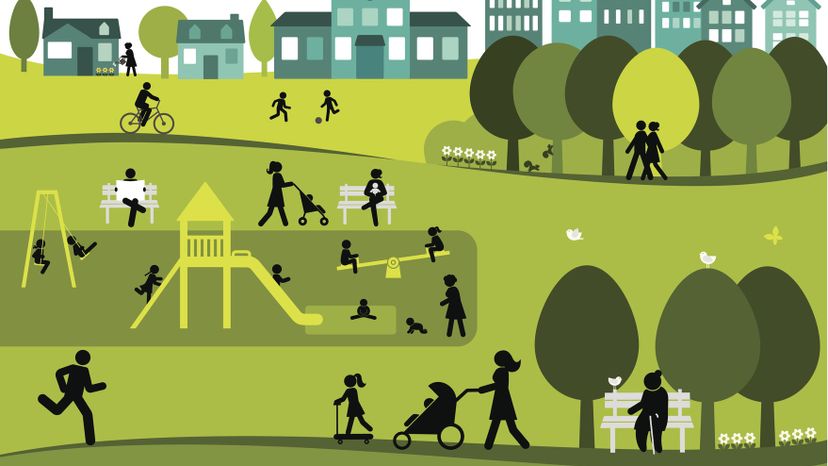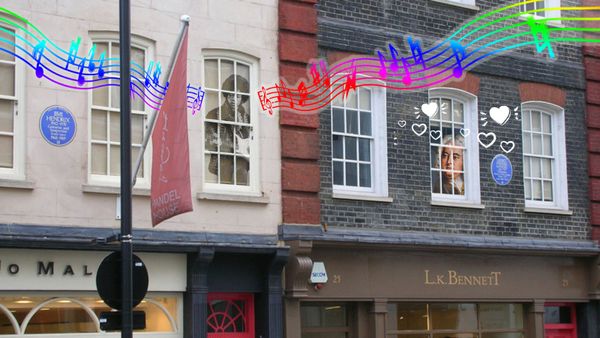
In Halloween 2017, a 3-year-old Chicago boy named Ryan missed his chance to go trick-or-treating because an illness landed him in the ICU. So his mom took to the neighborhood-based social network EveryBlock with a touching request: Would Ryan's neighbors be willing to re-create Halloween three days later? The yeses poured right it.
And when an elderly couple's basement flooded in Columbus, Ohio, in 2014, they posted urgent requests for assistance on Facebook, Twitter and the neighborhood-based site Nextdoor. But it was the Nextdoor connections who actually showed up.
Advertisement
"It was like living in an Amish community, and somebody had rung a bell, 'cause people just came out of the woodwork to help," the grateful husband told The Verge.
Stories like these explain the draw of locality-based online social networks. Nextdoor is by far the biggest of these networks, with private community sites operating in more than 168,000 neighborhoods across the United States (up from 40,000 in 2014), and thousands more in the United Kingdom, Germany and the Netherlands. But there are also sites like Neighborland, E-Democracy and thousands of private neighborhood Facebook groups.
To join most of these neighborhood sites and groups, you need to prove that you actually live in the neighborhood or get permission from the forum admin, a step that ensures that topics and interactions stay local. You also have to use your real name, a buffer against the ugliness that online anonymity often provokes.
Advertisement


